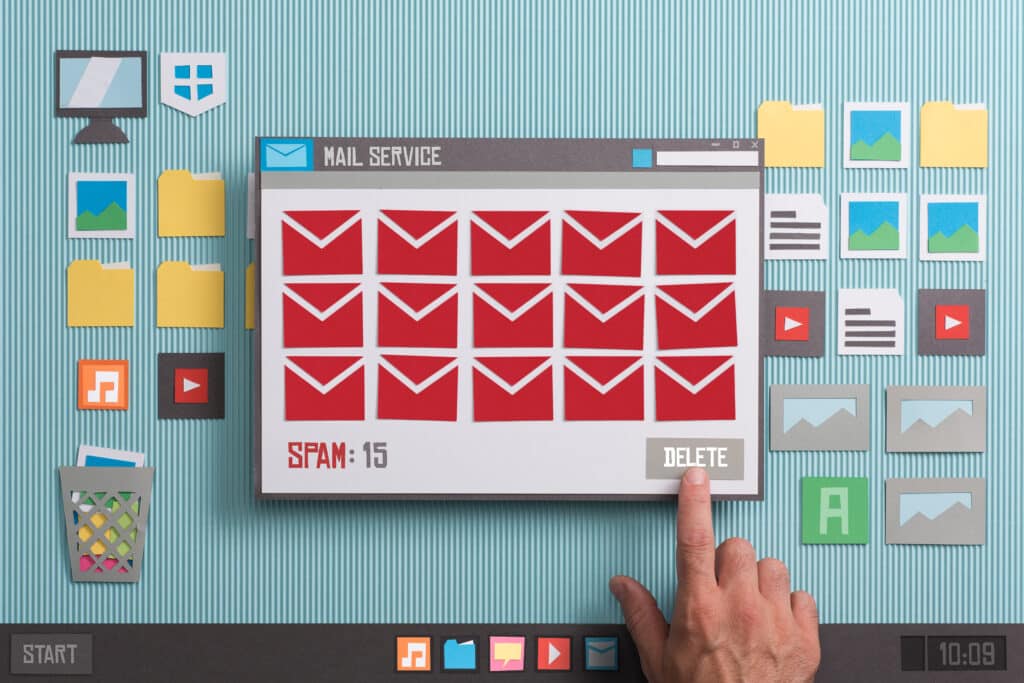Email security is crucial for financial institutions because of the many risks associated with email usage. Phishing, ransomware, and other cyber threats can easily target employees through their email inboxes. In fact, about 90% of data breaches occur due to human error, and email is one of the most common ways that hackers gain access to sensitive information.
Financial institutions must implement strong email security measures to protect themselves and their customers from these threats.
With the right precautions in place, financial institutions can greatly reduce their risk of falling victim to a cyber attack. In this blog, we will discuss a few of the best email security tips so you can keep yourself and your data safe.
Have an Incident Response Plan in Place
The first email security tip for financial institutions is to have an incident response plan in place. This plan should be designed to help the organization quickly and effectively respond to a security incident. The plan should include procedures for reporting the incident, investigating the cause, and taking corrective action.
An updated and reliable incident response plan can help mitigate the effects of a cyber breach or email hack.
Security Awareness Training for All Employees
Another important email security tip is to provide security awareness training for all employees. Your financial institution is only as protected as your weakest link, and turning your employees into your best cybersecurity asset is not only possible but imperative for data protection. This training should cover basic security concepts such as password protection, avoiding phishing scams, and identifying suspicious emails.
It is crucial that all employees are aware of these concepts so that they can protect themselves and the organization from potential attacks.
Mobile Device Management
Another tip for financial institutions is to implement mobile device management (MDM) solutions. MDM solutions allow organizations to remotely manage and secure mobile devices such as laptops, smartphones, and tablets. By using an MDM solution, organizations can ensure that all devices are properly secured and that sensitive data is not compromised.
Enforce Email Security Protocols
One of our top email security tips for financial institutions is to enforce email security protocols. These protocols should be designed to protect the organization from potential attacks and to prevent sensitive data from being compromised.
Some of the most common email security protocols include encrypting email messages, using strong passwords, and setting up two-factor authentication.
Have a Password Policy in Place
Financial institutions that prioritize cybersecurity should always have a password policy in place. This policy should require employees to use strong passwords that are difficult to guess. It should also mandate that employees change their passwords on a regular basis.
Enforce MFA
Another email security tip for financial institutions is to enforce multi-factor authentication (MFA). MFA adds an additional layer of security by requiring users to provide two or more pieces of information in order to access account resources. This can include something the user knows (such as a password) and something the user has (such as a physical token or biometric data).
MFA is an easy, incredibly effective tool for financial institutions. In fact, Microsoft estimates that MFA stops 99.99% of automated attacks.
Contact Results Technology
When it comes to email security, financial institutions face unique challenges. They must protect sensitive customer information while also complying with stringent regulations.
Fortunately, Results Technology has years of experience helping financial institutions implement the best email security practices. For more information, contact us today!


